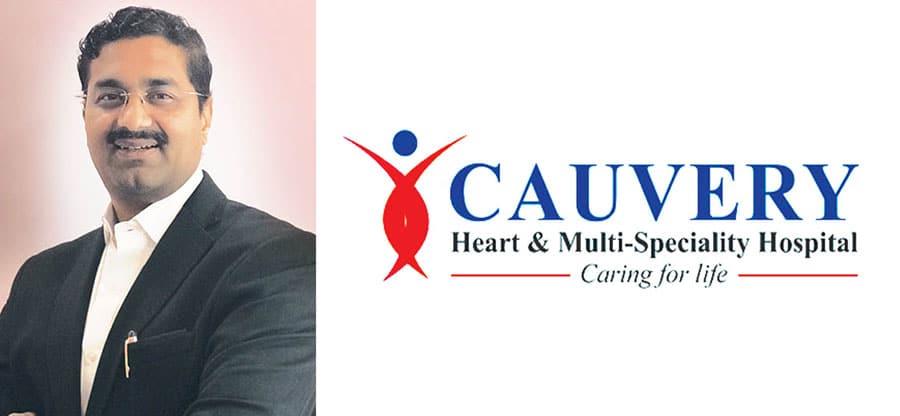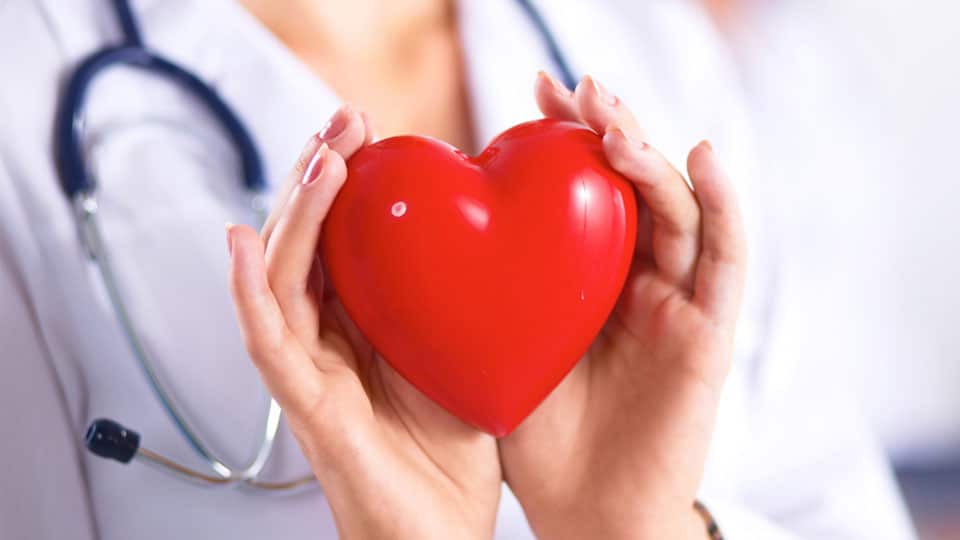
By Dr. J. Rajagopal, HoD & Chief Interventional Cardiologist, Cauvery Heart & Multi-Speciality Hospital, Mysuru
This World Heart Day, which was observed yesterday, let us understand some lesser known heart diseases:
When we think of heart diseases, the foremost that comes to our mind is the coronary artery diseases or the heart attacks. It’s a fact that this group of heart diseases accounts for almost 50% of all heart patients. But there are many other heart diseases, which are quite prevalent as well. We shall understand some of them.
Congenital heart diseases
As their name indicates, these are defects of the heart seen at birth. Commonly they are known as, “Hole in the heart.” They occur in four per thousand live births.
They are usually detected at birth or in the first few years of life. These include the typical “holes” called Atrial Septal Defect (ASD) and Ventricular Septal Defect (VSD).
Other common congenital heart diseases include the Patent Ductus Arteriosus (PDA) and valve problems like aortic valve abnormalities (aortic stenosis, coarctation, etc.).
Here the babies present with constant cold and cough and sometimes severe infection like pneumonia (recurrent respiratory infection).
Infants often fail to gain weight and appear thin and irritable. Sometimes the kids develop a bluish colour of the skin and lips due to mixing of the fresh blood and venous blood. This is called “cyanosis.”
Sometimes these defects go unrecognised in childhood and present in teenagers or even in adults.
These defects are easily correctable if identified properly, either by surgery or by newer methods called device closures.
Device closure is done through a key hole in the groin and a button like plug called the “device” is inserted to close the hole.
However, it is to be noted that if the treatment is delayed beyond certain age, there occurs irreversible changes in the lungs and heart and surgery is not possible.
Hence, parents have to recognise and report symptoms like unusual fatigue, laboured or fast breathing or recurrent cold or cough and get the kids evaluated early.
Cardiomyopathy
This group of heart diseases is characterised by a “weak heart.” The heart is made up of highly specialised muscle tissue which pump blood efficiently throughout the life.
When this efficiency comes down without a known reason, they are called cardiomyopathies. The most common is dilated cardiomyopathy or the “big or enlarged heart.”
It can occur as the end result of major heart attacks or simply without any reason. Certain drugs like anti-cancer medicines can cause this. Viral infection is one of the common causes of viral cardiomyopathy. Some viruses cause heart to become weak by affecting the heart directly or indirectly through inflammatory process called “Myocarditis.”
It usually occurs in young females but no age is exempted.
The heart function is measured by echocardiogram and can accurately diagnose this condition.
Any person with breathing difficulties on walking, inability to lie down flat on the bed, getting up at night with breathing difficulties have to undergo an echocardiogram to rule out these diseases.
Treatment for them is mainly through medicines to effectively improve the heart efficiency or the Ejection Fraction (EF).
Treatment is usually lifelong.
Patients definitely get better and sometimes completely normal with treatment.
Diet and fluid restriction plays an important role. Salt intake should be less than 3 grams per day.
Peripartum Cardiomyopathy
This is a special type of cardiomyopathy occurring as a result of pregnancy and labour. It manifests shortly after delivery of the baby. Patients develop fatigue and breathing difficulties while working or walking. They can also get complications like heart failure.
The most important point to note is that this condition is fully reversible in a majority of patients especially if treated earlier.
Hypertrophic Cardiomyopathy
This unusual type of disease has thick and bulky heart muscle tissue, which has less efficiency. Moreover, there’s some sort of an obstruction to blood flow inside the heart. These patients can get giddiness or chest pain or even breathing difficulties.
This can occur in groups in families or close relatives.
Treatment consists of surgical removal of the obstructing muscles. Newer method is called “Alcohol septal ablation,” in which we create a “controlled heart attack” by injecting chemical or absolute alcohol (100% purity) selectively. This has a high success rate with less complications.
Accessory pathways or abnormal electrical pathways
This group of heart diseases present with episodic palpitations or fast heart beating and sometimes giddiness and loss of consciousness.
The cause is due to an abnormal electrical connection between two chambers of the heart.
These connections or “pathways” sometimes become active and trigger the heart rate to become fast or irregular.
It’s just like an electrical short-circuit which happens at our homes.
Sometimes this irregularity becomes permanent and is called “atrial fibrillation.” This might be the end result of various conditions like long standing high blood pressure, old age, etc.
We have to thus report any abnormally like fast beating or giddiness. A simple ECG at that time will diagnose this condition.
It’s easily curable by a non-surgical key-hole process called as Electro-Physiological (EP) study and Radio-Frequency Ablation (RFA)
Complete Heart Blocks or Bradyarrhythmia
Here the heart rate becomes very slow. It may reach less than 30 beats per minute also (normal is between 50 to 90). It presents as increased fatigue and loss of energy. It can cause giddiness and loss of consciousness. At this point, it’s a life-threatening condition.
Treatment is insertion of a permanent pacemaker. It’s a relatively low risk procedure done under local anesthesia. The battery or the “pacemaker” is inserted under the skin below the clavicle and the leads are connected through the vein into the heart.
These are examples of rare diseases, symptoms of which we often overlook. Increased awareness about them is required in order to recognise early and get the treatment done on time.








Recent Comments